Minecraft, the iconic sandbox video game, has been a game-changer in gaming. Mojang Studios has developed it into a global phenomenon since its initial release in 2009. At the same time, its open-world nature and creative possibilities have captured the hearts of millions; another aspect of the game that stands out—Minecraft (2009) game icons banners. These elements reflect the game’s history and add a layer of personalization and creativity that has made Minecraft such a beloved game. Let’s look closer at the evolution of Minecraft (2009) game icons banners and how they shape the player experience.
Minecraft Icons: A Symbol of Evolution
The first thing any player notices when launching Minecraft is its icon. Over the years, the Minecraft (2009) game icons banners have seen significant changes, each representing a different era of the game’s development. These icons are more than just visual elements—they are markers of Minecraft’s growth from a simple indie game to a worldwide cultural phenomenon.
The Classic Cube: The Beginning of It All
The earliest Minecraft icon, known as “The Classic Cube,” is a simple yet powerful symbol. This icon features a 3D cube, typically in green, symbolizing the game’s blocky world. The cube is synonymous with Minecraft’s core mechanics—mining, crafting, and building with blocks. It represents the essence of the game in its purest form. Released in 2009, this icon captured the simplicity and charm of the game that attracted players worldwide.
The Creeper Face: Embracing the Iconic Threat
One of the most famous mobs in Minecraft, the Creeper, became an integral part of the game’s identity. Its face, now featured in Minecraft (2009) game icons banners, symbolized danger and excitement. This icon often appears as the face of a Creeper, the hostile creature that sneaks up on players and explodes. This addition to the Minecraft (2009) game icons banners reflected the game’s shift from a peaceful world to a more dynamic and dangerous environment.
The Steve Icon: A Face for the Player
Another iconic Minecraft (2009) game icon banner features Steve, the default player skin. Steve represents the player, the avatar through which every action in Minecraft takes place. Whether mining, crafting, or exploring, Steve is your visual presence. Over the years, Steve’s iconic look has become synonymous with Minecraft itself, making the Steve icon one of the most recognizable symbols in gaming.
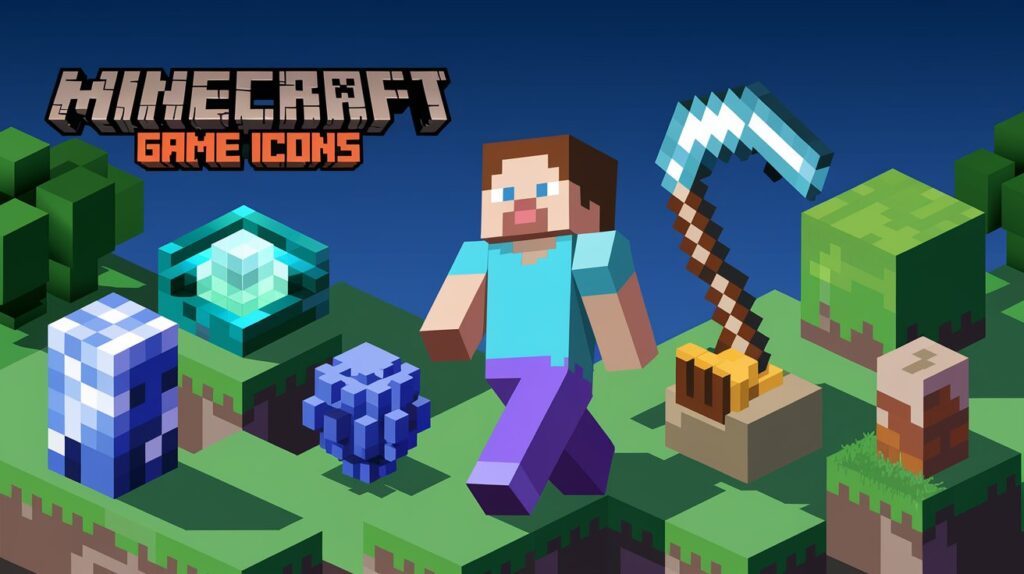
Minecraft Banners: A Canvas for Creativity
While Minecraft (2009) game icons banners focus on the external branding of the game, Minecraft banners serve as an internal tool for players to express their creativity. These customizable items allow players to add a personal touch to their Minecraft worlds, whether marking territory, decorating structures, or showcasing their designs. The ability to create banners has turned Minecraft into more than just a game—it has become a canvas for players to craft their visual narratives.
The Loom: Crafting Your Banner
To create a banner in Minecraft, players must first craft a loom. The loom is a vital tool in Minecraft (2009) game icons banners creation, as it allows players to apply dyes to wool and create intricate patterns. Once you have your loom, you’ll need yarn, which can be dyed in various colors, and dyes, which come in different hues like red, blue, and yellow. These materials form the foundation of banner crafting.
Banner Crafting Recipe:
- Place wool on the loom: The wool will serve as the base color of your banner.
- Choose your dyes: Select from various colors to dye your wool.
- Create your pattern: Use the loom to apply patterns and designs, adding more layers and complexity to your banner.
With the loom, the possibilities are endless; this is where Minecraft (2009) game icons banners come to life.
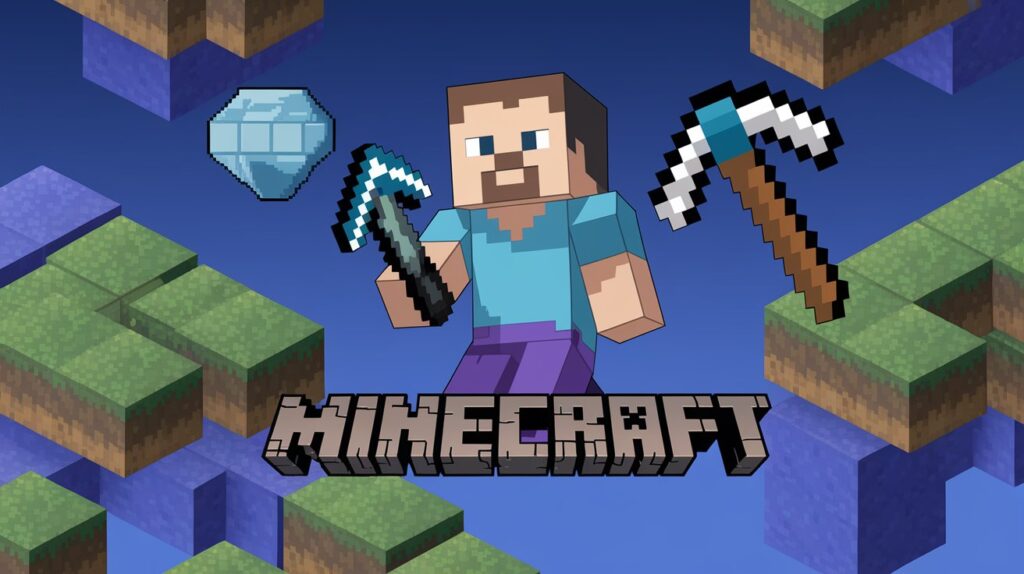
Popular Banner Designs
Banners in Minecraft aren’t just functional—they’re a creative outlet for players. Here are some of the most popular ways Minecraft (2009) game icons banners are used:
Clan Banners: Representing Unity
One of the most common uses for banners is representing clans, groups, or factions. These banners often feature custom designs that symbolize the group’s identity. Players can create intricate, unique patterns to distinguish their clan from others. Minecraft (2009) game icons banners become a source of pride, marking territory and asserting dominance.
Decorative Banners: Adding Aesthetic Appeal
Minecraft is a game that rewards creativity, and decorative banners are one-way players can enhance the beauty of their world. Whether placed on walls or hanging from ceilings, banners can create stunning visual effects. These Minecraft (2009) game icons become an artistic expression, transforming the player’s environment into a vibrant and personalized space.
Informational Banners: Practical Utility
Beyond decoration and representation, banners can also serve a functional purpose in Minecraft (2009) game icons banners. Players use them to display messages, directions, or other important information. For example, a player might use a banner to mark a location or direct others towards a specific objective. These informational banners help streamline communication within the game world.
How Minecraft (2009) Game Icons Banners Reflect the Game’s Legacy
The importance of Minecraft (2009) game icons banners cannot be overstated. These game elements provide a unique way to engage with the game world by using symbols to represent personal identity or by customizing the globe to reflect personal creativity. Minecraft’s evolution from a simple sandbox game to a multifaceted platform for creativity and expression is captured in how its icons and banners have evolved over the years.
As Minecraft continues to grow and develop, so will the Minecraft (2009) game icons banners. With each update, new opportunities for creativity emerge, and the game’s identity becomes more deeply intertwined with the personalization options available to players.

Also Read: Cybersecurity: Protecting the Digital Era with Precision
Conclusion: The Power of Icons and Banners in Minecraft
Minecraft (2009) game icons banners offer a unique glimpse into the evolution of this iconic game. From the simple cube of the early days to the dynamic Creeper face and the representation of players through Steve, each icon tells the story of Minecraft’s journey. But it’s not just about the icons—the banners bring the game’s creative potential to life, allowing players to express themselves in ways beyond the game’s core mechanics.
Whether you’re marking your territory with a clan banner, decorating a building with a colorful design, or simply creating a banner to represent your journey, Minecraft (2009) game icons banners serve as a testament to the game’s ever-expanding potential for creativity and expression. Minecraft isn’t just about survival or exploration—it’s about crafting your own story, and the game icons and banners play an essential role in telling that story.





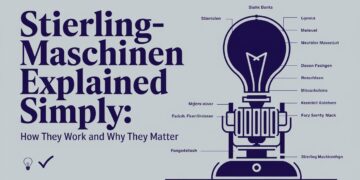





















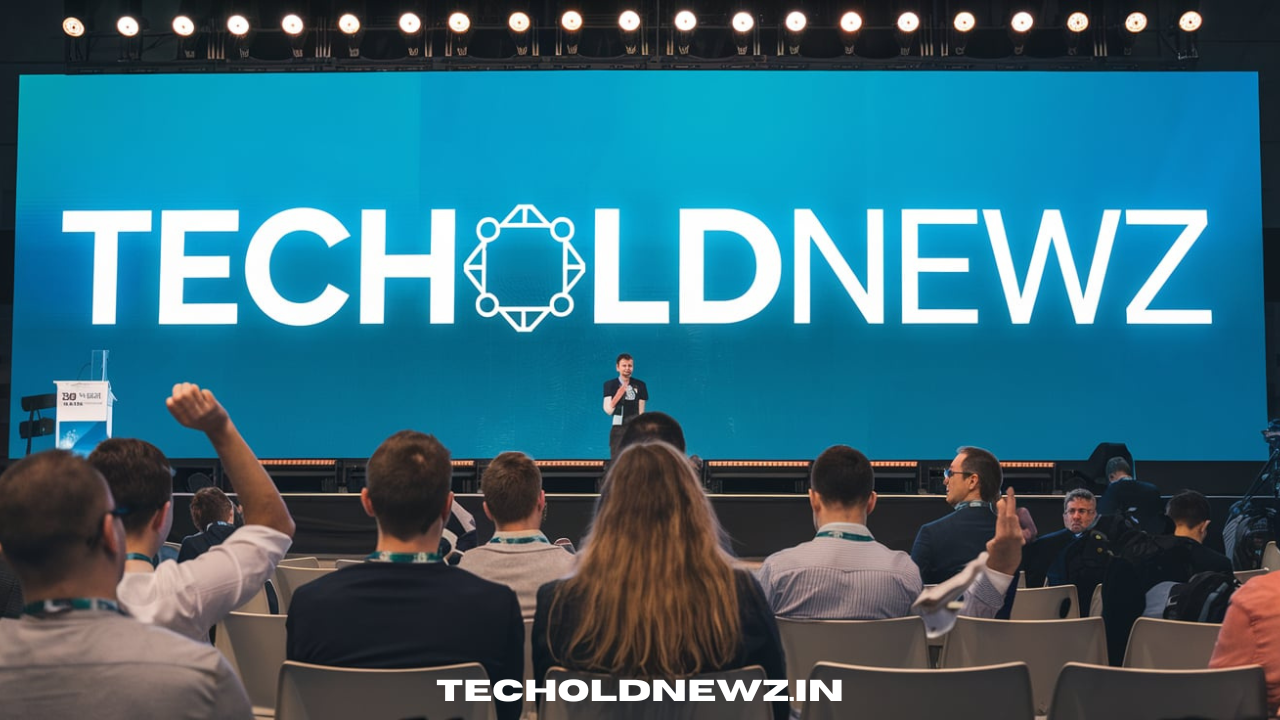

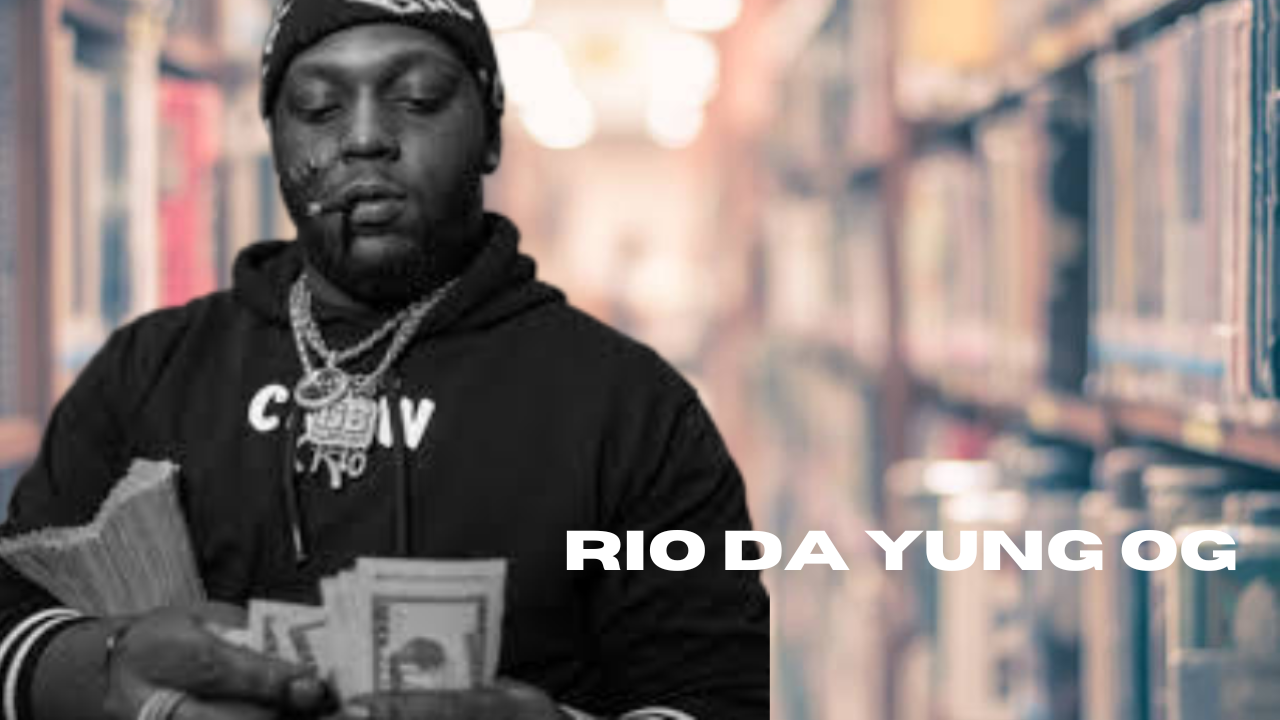
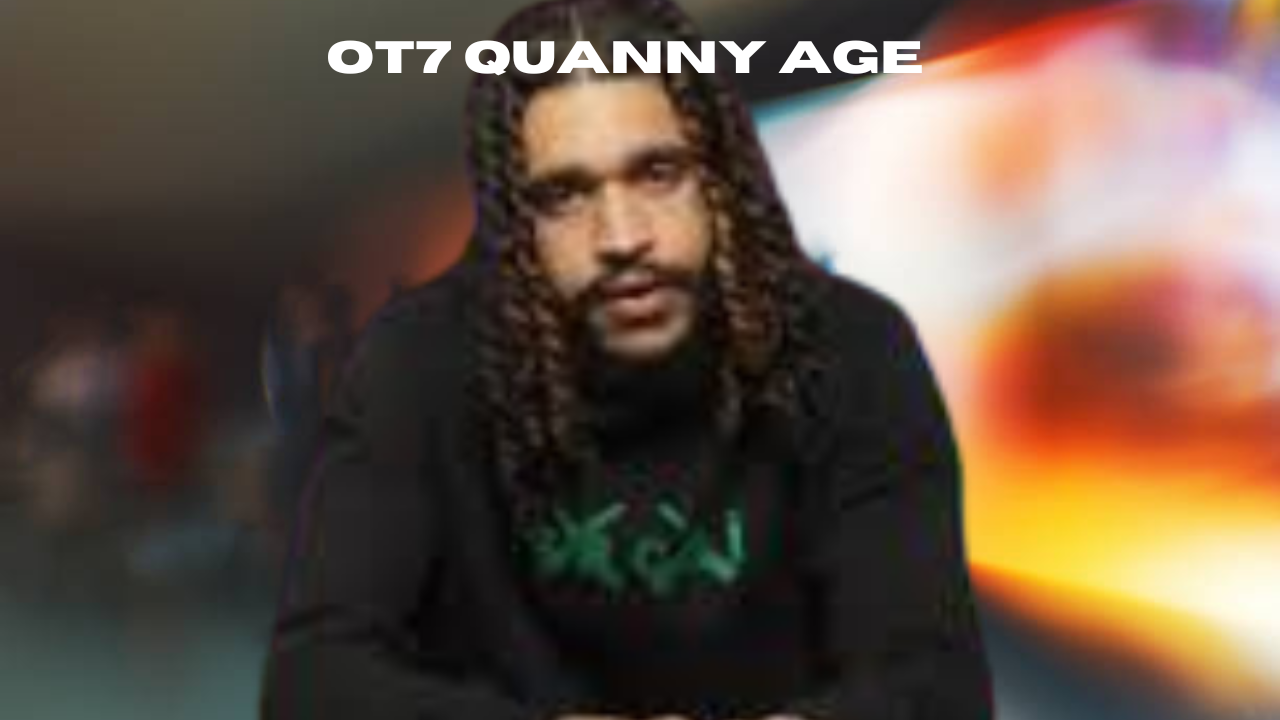


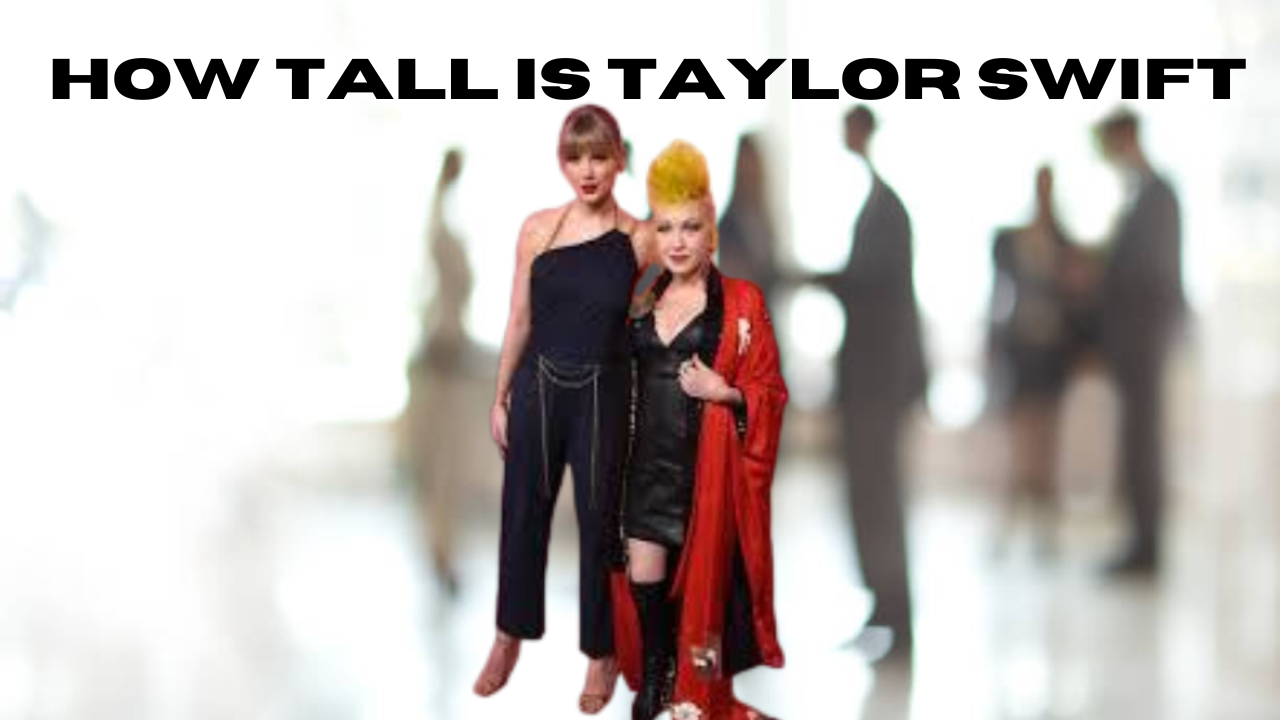
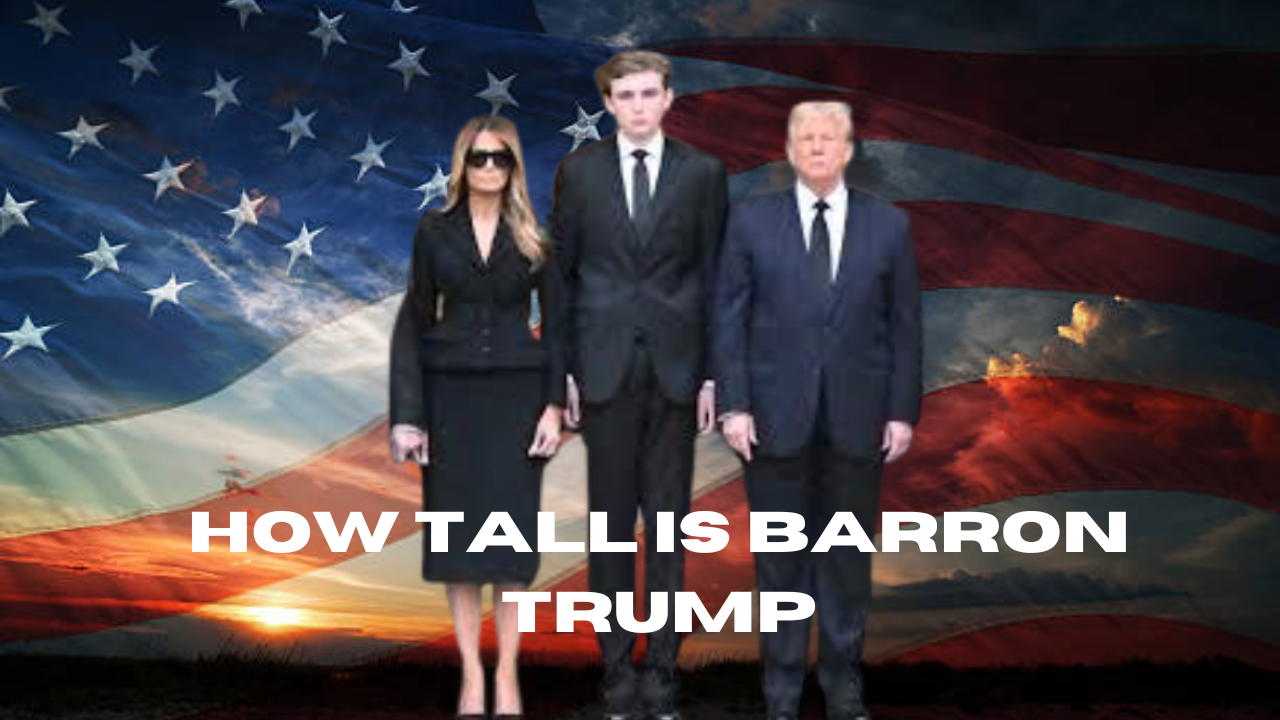



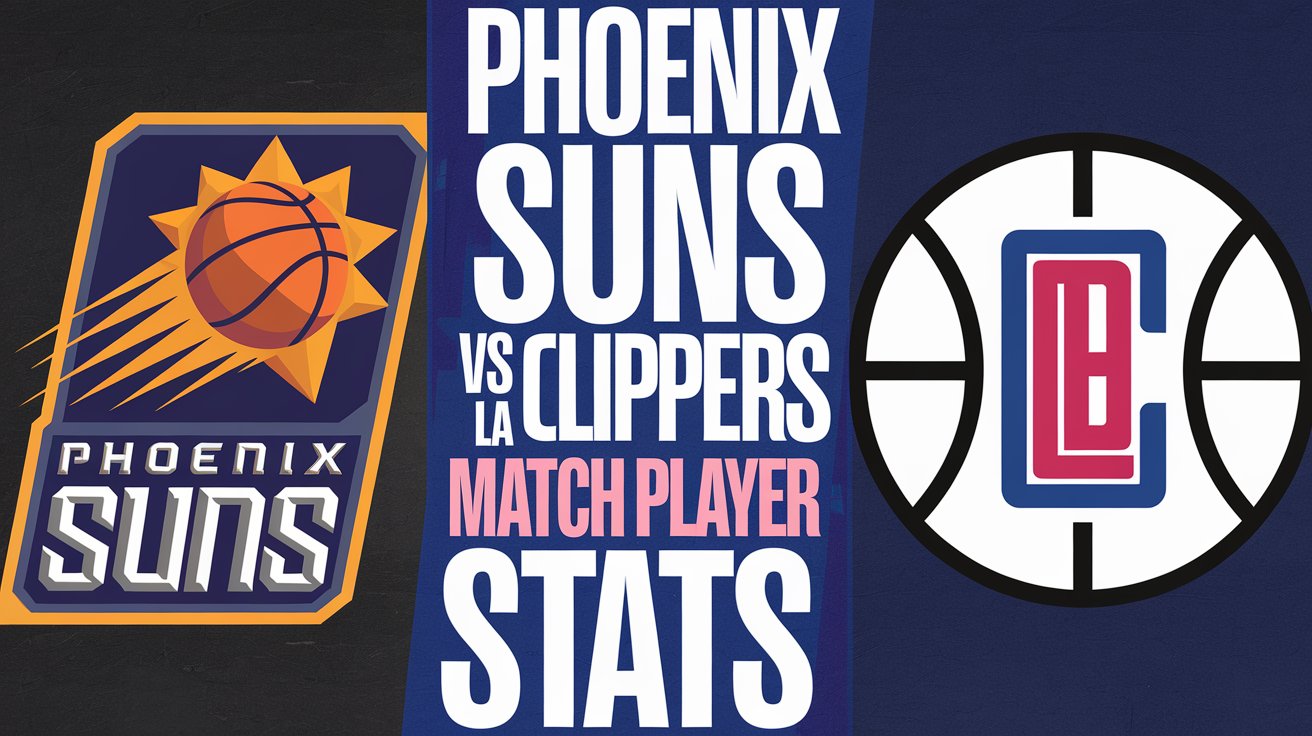



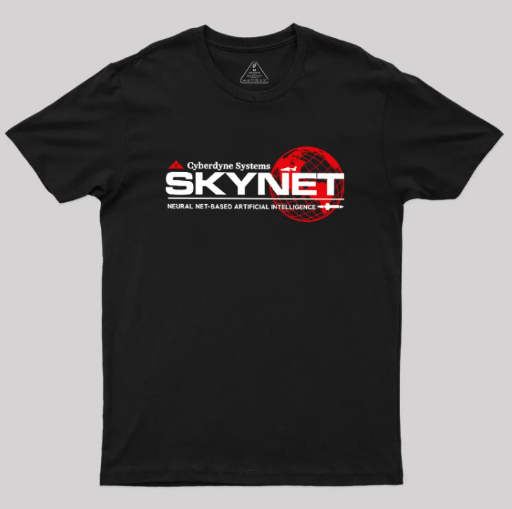






Just wanna remark that you have a very nice site, I enjoy the design and style it actually stands out.